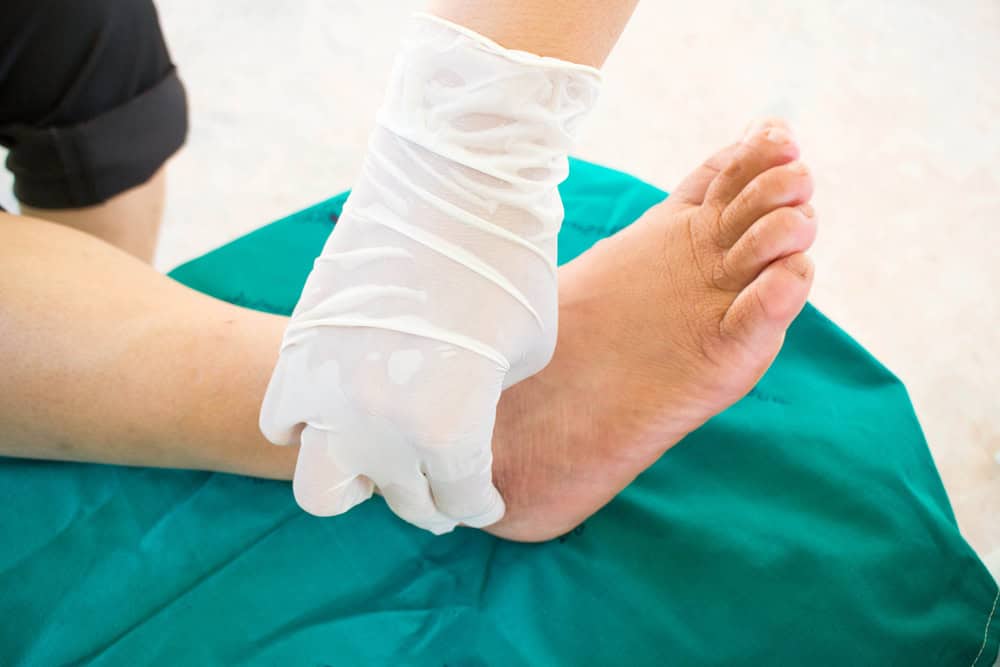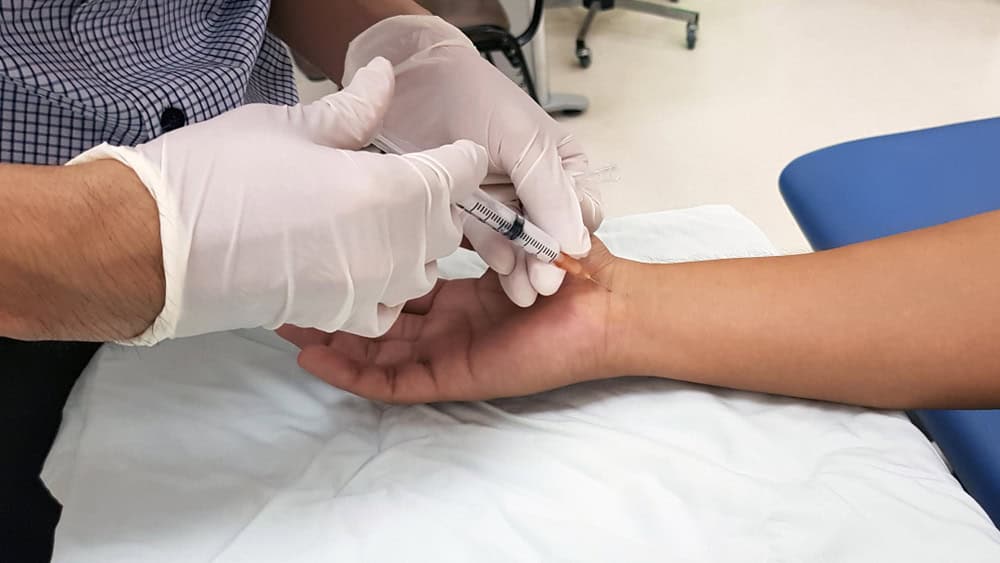Are you dealing with nerve pain? A neuropathy doctor in Port Richmond, NY, can help. At NY Spine Medicine, we offer neuropathy treatment options that address peripheral neuropathy, nerve damage, and chronic pain. Get relief and improve your mobility with specialized care.

Reviews

At NY Spine Medicine, we focus on peripheral neuropathy treatment and nerve damage treatment in Staten Island. Our team uses advanced diagnostics, such as nerve conduction studies and electromyography (EMG), to pinpoint the cause of chronic nerve pain. Whether you’re dealing with tingling, burning, or numbness, our neuropathy specialists develop targeted treatment plans to help restore nerve function and reduce discomfort.
We provide a range of neuropathy treatment options, including physical therapy, TENS therapy, and medication to address peripheral neuropathy. Our Port Richmond, NY neuropathy doctors are committed to helping patients regain mobility, improve circulation, and manage long-term nerve conditions effectively.


Ready to get started?
Living with chronic nerve pain can impact your daily life. At NY Spine Medicine, we provide neuropathy treatment solutions that address the root cause of your pain. Our team in Staten Island works with patients experiencing peripheral neuropathy, nerve damage, and mobility issues to create effective treatment plans.
Whether you’re looking for a neuropathy specialist or a full neuropathy treatment center, we’re ready to help. Contact us today to schedule an appointment with a trusted neuropathy doctor in Port Richmond, NY, and learn about your options for nerve damage treatment.

The first white European contact with Staten Island was recorded in 1524 by Giovanni da Verrazzano. In 1609 Henry Hudson established Dutch trade in the area and named the island Staaten Eylandt after the Staten-Generaal, the Dutch parliament. However, it was not until the mid-17th century that a mixed Dutch and French settlement was established at New Dorp. Settlers established a cemetery at nearby Port Richmond, which served as the burial ground for residents of northern Staten Island until 1696. The community of Port Richmond grew up around this cemetery, beginning with the Dutch Reform Church that was built there in the early 18th century. This colonnaded Church, still standing on Port Richmond Avenue was built in 1824 after a fire destroyed the original building. From those Dutch roots, Port Richmond evolved into a thriving waterfront industrial and transportation hub. The village incorporated as Port Richmond in 1866, the same year as the Staten Island villages of New Brighton and Edgewater.
Dutch Reformed ChurchPort Richmond has had many names through the years. In the late 17th century it was known simply as The Burial Place. Subsequently, the area was alternately known as Bristol, New Bristol, Irvington, Cyrene, and Cityville. These names were proposed, but Port Richmond eventually won out in 1866. The name “Port Richmond” was given to the place by Rev. Dr. James Brownlee of the Dutch Reformed Church
In 1700 the area was known as the “burial place” from a cemetery of the Reformed Church on Staten Island near the present Port Richmond Avenue along the waterfront. It later became a transfer point between ferries from New York City to New Brunswick, New Jersey. A ferry landing (called variously “Ryer’s Landing”, “Mercereau’s Landing”, and “Decker’s Landing”) was later constructed for a route linking Staten Island across the Kill Van Kull to Bergen Point (present-day Bayonne, New Jersey). The Bayonne Bridge was constructed in 1931 yet ferry service continued until 1962.
Learn more about Port Richmond.Local Resources
New York:
Florida:
Support